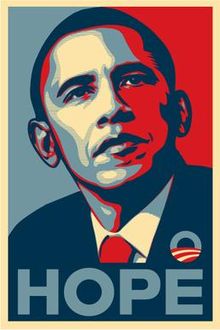French Riviera
13 November – 13 December 2015
When I first met Lyle Perkins in Los Angeles in 2011, the London artist was a visiting artist-in-residence at the Raid Gallery Downtown. The Arts District is full of legally-zoned industrial spaces where artists live on the fringes between Tinseltown and Skid Row. The latter milieu seemed to inform Perkins’ representational watercolors depicting the overfilled shopping carts of L.A.’s homeless, images which most Angelenos are conditioned to filter out of their sun bleached dream vista. But as an outsider, Perkins’ studied them, subtracting the person to whom the cart belongs and the dirty streets and surrounding areas they traverse. Against a white space they look like highbrow children’s book illustrations until after staring at them your mind fills in the blanks – the misery of mental illness and poverty
Since moving to London two years ago I regret not seeing Lyle as much as I’d seen him in L.A. where I even managed to get him to play guitar in my ad-hoc band in Silver Lake, Purple Thermus. Family responsibilities and all that. This past week however I managed to extract myself from my basement flat and trek to Bethnal Green for his latest opening at a store front gallery called French Riviera.
‘Ease of Use’, is a small exhibit consisting of a series of paintings based on everyday objects, a broken chair for example, painted in a manner both representational and abstract. Here again, Perkins extracts commonplace objects from reality by boosting the colours to extract the formal configurations from reality. Within the tightly conceived compositions, the subject matter questions sculptural forms without the sociological implications of his Los Angeles work, however unintentional they may have been.
As before Perkins experiments with the structure of the canvas, leading him to layer brightly coloured hues and create multiple planes and gestural motions. His use of utilitarian subject matter has been compared to Gerhard Richter’s painting Tisch (1964) and attempts to create a new vernacular distinction between photo realism and painterly abstract vision.
Since I’ve run out of art speak I’ll copy and paste from the gallery description:
“This dialogue continues in a number of works such as Buddy (2015) and Pymmes (2015) where the subject is displaced against a vivid yet ambivalent setting. In paintings such as Barnard Park (2015) and Chair in Finland (2015), natural surroundings are depicted whereby Perkins evokes an ‘emotional formalism’ within these oddly surreal paintings, that are contemporary in atmosphere and yet, timeless in subject matter.”
As a subject of common interest, we chatted about L.A. with a third person who’d never been. “It’s so amazing, you have to go” he said to the somewhat incredulous friend and I was startled by his affection born from distance perhaps and more likely the general soggy misery of London in winter. He was really selling it. She’d better hurry though. That same Arts District is evolving into a desirable locale and places like Raid and the 18th St. Arts Center may soon make way for not-so-affordable luxury residences. THe overflowing shopping carts will end up in a landfill and their owners disappeared. It’s a story played out in every major city, especially here in East London where you need to run a hedge fund just to live on the outskirts. An exaggeration maybe, but it could point to a yearning that seeks non-reality in everyday objects when you’ve put down stakes in a city of smoke but your mind is somewhere over the rainbow.
French Riviera is a gallery in Bethnal Green, East London, presented by artists Samuel Levack and Jennifer Lewandowski as an extension of their long-standing collaboration.
Originally published in Saachi Gallery Art & Music Magazine



